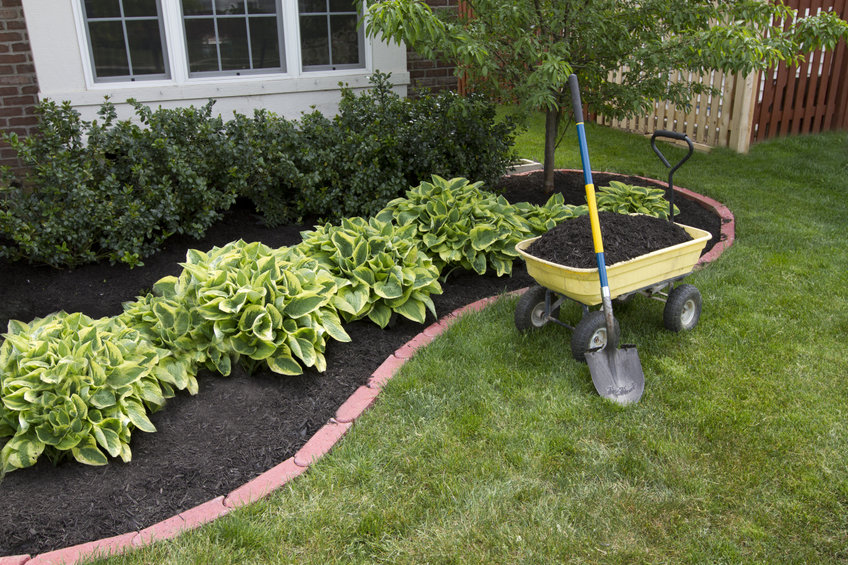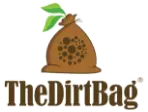
The flip your strip program is in full force in Utah. Many counties are offering rebates for those who tear out their grass in their park strips and replace it with water-wise solutions. It’s estimated that about 5,000 to 8,000 gallons of water is used each year on a single average park strip. Before you decide to tear everything up and pour concrete or spend thousands in decorative rock, consider planting some beautiful native, water-wise plants instead. This will keep park strips looking beautiful and lush without wasting water. Don’t want to worry about that many plants? Go for a combination of rocks, mulch, and plants to make a beautiful, maintenance-free park strip area that’s lush and practical. Here are some plants to consider for your new park strip after you’ve flipped it:
- Banana Yucca: this is the state flower of New Mexico. Its sharp evergreen leaf tips are a great barrier against unwanted animals. There are over 40 different species of yucca, but the Banana Yucca is one of the few that produces delicious fruits.
- Desert Zinnia: this is a flowering plant that is related to a daisy. It’s a perennial and thrives in sandy, gravel-like soils in drought-prone areas around Utah. It’s actually not native to Utah but is common in New Mexico and Colorado and does well in our climate.
- Blue Sage: this plant is also known as Mountain Sage. It grows throughout the south-west, particularly in California, Nevada, and Arizona. It’s a drought-tolerant alpine shrub that is happier in higher elevations (above 5,000 feet). It’s purple and blue flowers are year-round blooming and can be used for culinary purposes.
- Indian Ricegrass: this is a water-wise grass that grows in clumps about one to two feet tall. They are drought-tolerant and hardy in cold temperatures, making them an excellent choice along the Wasatch Front. Their seeds can self-propagate and are great for birds to eat.
- Broom Snakeweed: this is another one in the daisy family and is great for Utah’s sandy, dry soil. Its thread-like leaves produce tiny clusters of yellow flowers from late summer to fall. Local wildlife is not impressed with this flower, so you don’t have to worry about grazing animals nibbling it away.
- Desert Globemallow: this is a plant that’s native to the Utah deserts. Its color is a beautiful pop of orange and grows to about three feet tall. The flowers on the ends are impressive and blooms almost all year round, attracting bees and other pollinators.
- Mesa Verde Ice Plant: this lovely purple plant is a low-growing ground cover that spreads naturally across rocky soils. Rock gardens of all shapes and sizes do well with this plant added, and they get more drought tolerant the more established they become.
Whatever you choose to do with your park strip, just know that it can be beautiful with minimal effort. Visit The Dirt Bag to get soil amendments before planting, mulch for water retention, and decorative rocks to finish off the look.


